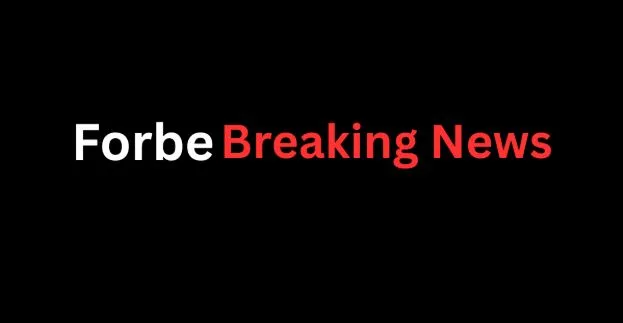A Guide to Laser Cleaning Graffiti from Walls
Graffiti on walls, monuments, and public buildings is a common sight. While some view it as art, it is often considered vandalism that damages surfaces. Removing graffiti, which is typically done with aerosols, markers, or plastic paints, can be a difficult task. While traditional methods exist, laser cleaning graffiti from walls offers a modern, precise, and effective solution.
Comparing Removal Methods
When it comes to removing graffiti, property owners have several options. However, traditional techniques have significant drawbacks compared to the advanced capabilities of laser technology.
Traditional Methods
- Sandblasting: This method uses abrasive materials like baking soda projected at high speed to strip the graffiti. It requires a high level of operator skill, extensive safety gear, and can easily damage the underlying surface.
- Chemical Strippers: Using paint strippers is a common technique, but it is hazardous. It must be carried out by trained professionals wearing full protective gear due to the dangerous nature of the chemicals involved.
- Pressure Washing: While sometimes effective, pressure washing creates a significant mess by washing paint and dirt onto the surrounding ground. More importantly, the high-pressure water can erode and cause irreparable damage to fragile or historic surfaces.
The Modern Solution: Laser Cleaning
Laser cleaning is a non-contact method that uses focused light to remove graffiti. The laser’s energy is absorbed by the paint or marker ink, causing it to vaporize from the surface without harming the wall itself. The process is precise, clean, and requires no chemicals or abrasives.
Key Advantages of Using Lasers for Graffiti Removal
Using laser technology to clean graffiti offers numerous benefits that make it a superior choice for restoring walls and other surfaces.
Precision and Safety for the Surface
Laser cleaning is incredibly selective. The laser can be adjusted to remove only the graffiti layer without affecting the substrate, whether it’s brick, stone, or another material. This is crucial for historic buildings and delicate surfaces where preservation is key. It does not cause the erosion or damage associated with pressure washing or sandblasting.
Environmentally Friendly and Clean
This is a green technology. Laser cleaning does not produce emissions or pollutants and uses no chemicals or abrasive media. The removed paint is vaporized or collected by a vacuum system, leaving no secondary waste to clean up. This makes it much safer for the environment compared to chemical stripping.
Efficiency and Ease of Use
- Simple Operation: Laser cleaning machines are easy to learn and operate, and they do not require the high level of specialized preparation or safety equipment needed for other methods.
- Time and Cost Savings: The efficiency of the laser process saves significant time and, in the long term, reduces costs by eliminating the need for consumables and minimizing cleanup.
- Flexibility: Laser systems are often designed to be mobile, allowing them to be easily moved and positioned at the worksite.
Frequently Asked Questions
Here are some common questions about using laser technology to remove graffiti.
Will the laser damage the wall underneath the graffiti?
No. When properly calibrated, the laser’s energy is absorbed by the dark paint of the graffiti, leaving the lighter-colored wall material unaffected. It is a non-destructive cleaning method.
Can lasers remove all types of graffiti?
Laser cleaning is highly effective at removing most types of paints, aerosols, and marker inks from various surfaces. The success depends on factors like the type of paint, the thickness of the layer, and the nature of the underlying material.
What happens to the graffiti paint that is removed?
The laser instantly vaporizes the paint or turns it into a fine dust. This residue is then captured by a vacuum and filtration system attached to the laser, ensuring a clean work area.
Is it a better choice than sandblasting or pressure washing?
Yes. For most surfaces, especially delicate or historic ones, laser cleaning is a far superior option because it is precise, non-damaging, and environmentally friendly, unlike the abrasive and often destructive nature of sandblasting and pressure washing.





